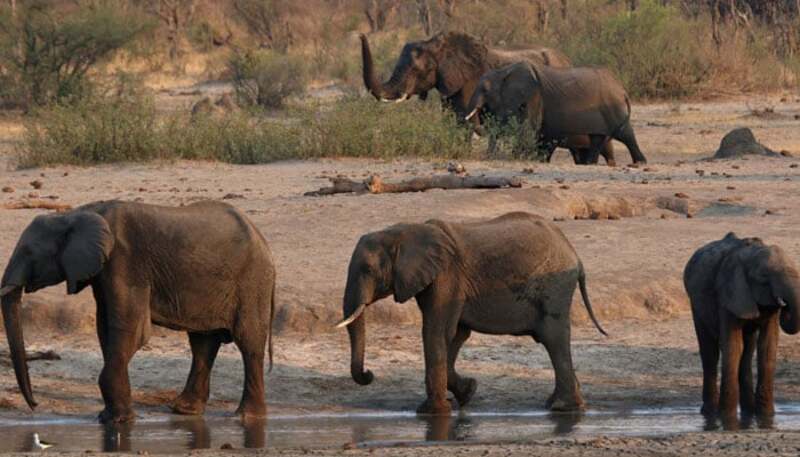
Seven Key Swing States to Shape the 2024 US Presidential Election
October 13, 2024
South Korea Indicts Impeached President Yoon Suk Yeol on Insurrection Charges
January 26, 2025A recent report by the World Wildlife Fund (WWF) reveals a staggering 69% decline in global wildlife populations between 1970 and 2020. The “Living Planet Report 2024” outlines the alarming reduction across various species, particularly in tropical regions such as Latin America and Africa. Key drivers of this decline include habitat destruction, climate change, and unsustainable human activity.
The WWF stresses the need for urgent action to reverse these trends, calling for global efforts to protect biodiversity and combat climate change, which poses a significant threat to ecosystems and human well-being.
Climate change
“This is not just about wildlife, it´s about the essential ecosystems that sustain human life,” said WWF Chief Conservation Officer Daudi Sumba.
The report reiterates the need to simultaneously confront the “interconnected” crises of climate change and nature destruction, and warned of major “tipping points” approaching certain ecosystems.
“The changes could be irreversible, with devastating consequences for humanity,” said Sumba, adding that using the example of deforestation in the Amazon, which could “shift this critical ecosystem from a carbon sink to a carbon source.”
“Habitat degradation and loss, driven primarily by our food system, is the most reported threat in each region, followed by overexploitation, invasive species and disease,” said the report.
‘Not yet past the point of no return’
The biggest decline is found in populations of freshwater species, followed by terrestrial and marine vertebrates.
“We have emptied the oceans of 40% of their biomass,” said Yann Laurans of WWF France.
Continent by continent, the average decline reached 95% in Latin America and the Caribbean, followed by Africa, down 76%, and then Asia and the Pacific, which declined 60%.

